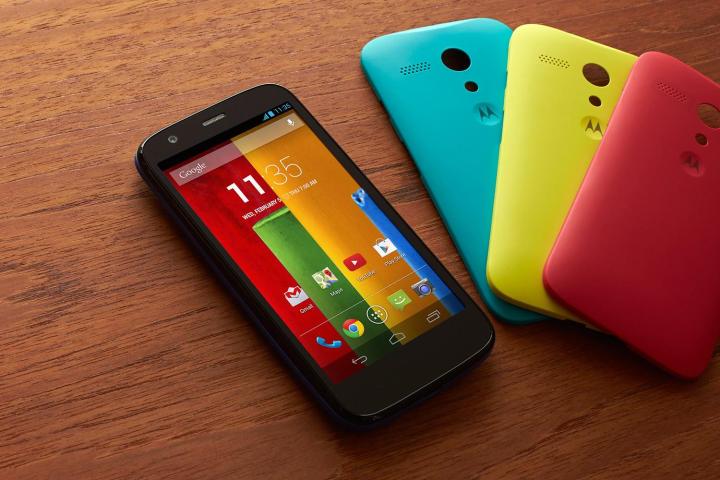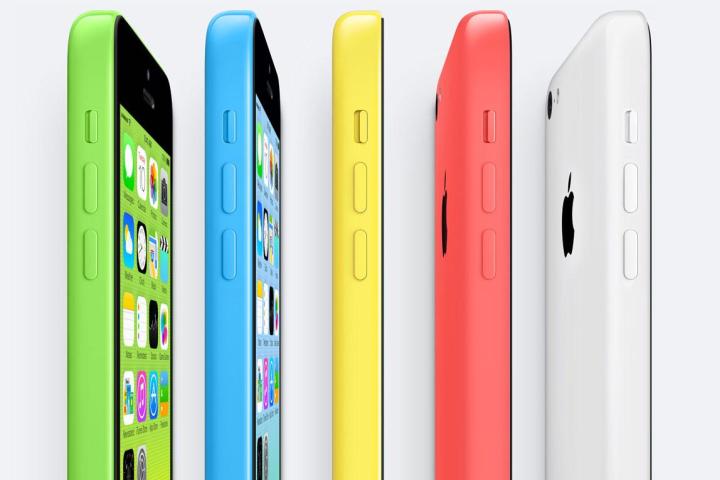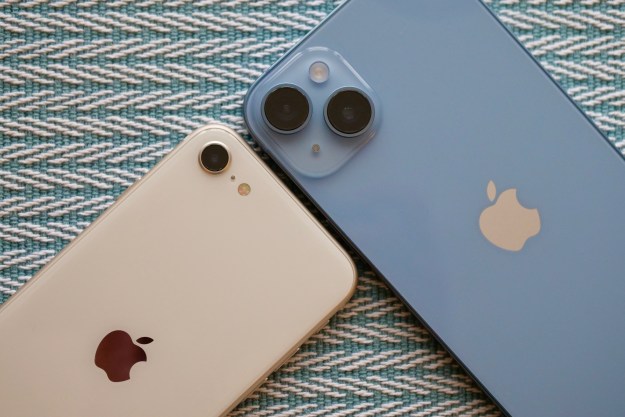
Check out our review of the Motorola Moto G smartphone.
Google made Android as an open source, readily available operating system for the everyone and at first, allowed the world’s hardware manufacturers to take it and make whatever they wanted. There’s no doubt this has made Android what it is today, the most popular smartphone OS in the world, but this cavalier approach created as many monsters as it did angels. For every HTC One or Xperia Z, there are three nasty off-brand disasters.
It also watched Android, which it has progressively improved over the years, get covered in user interfaces that served no-one except the manufacturer. This slowed down important updates, annoyed buyers, and obfuscated Android’s maturity and functionality. Now, following the acquisition of Motorola Mobility, it has the power to do something about all this, and with the newly announced Moto G, it has effectively taken Android back to show everyone how it’s done.
The Moto G’s weapon is its stock Android OS and its price.
It’s what the iPhone 5C should have been
Before Apple announced the iPhone 5C, the world’s tech press was abuzz with talk of it being a sub-$200 device with Apple’s premium feel and design. The theory was, it would be ideal to flog in developing nations where people wanted an Apple phone, but couldn’t afford the brand-new, top-of-the-range model. Of course, it turned out to be nothing of the sort, but if it had, there’s a fair chance it would have been similar to the Moto G.
After all the talk of Apple diluting its brand with a cheap phone had passed, many people came around to the idea a low-cost iPhone would be a good thing, and were disappointed when it didn’t arrive. Well, now we’ve got one, it’s just made by Motorola and Google, rather than Apple.
On paper, the Moto G isn’t all that exciting. It has a 4.5-inch screen, a quad-core Snapdragon 400 processor, and a 5-megapixel camera. Not terrible by any means, but still way off the specs of high-end Android hardware. The Moto G’s weapon is its stock Android OS and its price. When the phone goes on sale in the U.S. this January, it’ll cost just $180 without a contract.
Motorola said there are 500 million people around the world waiting to buy a phone which costs less than $200. Except, as CEO Dennis Woodside pointed out, they’re not always very good. He’s right, using anything that costs less than $100 off-contract is invariably an unpleasant experience.
The Anti-Galaxy phone
We, as smartphone buyers, are constantly being bombarded by hardware with more features, faster processors, higher megapixel cameras and naturally, big prices. In effect, the Moto G is the anti-Galaxy. It strips away the garnish, provides solid features in an attractive package, and crucially, all for a great price. it doesn’t ignore what consumers really want, which is strong performance doing the things that matter – browsing the Internet, calling friends, playing games – and despite the lowly specs, Motorola claims the phone is faster at doing some of those things than the Galaxy S4.
Google has effectively taken Android back to show everyone how it’s done.
Watch out Nokia, Moto’s comin’ to getcha
So who’s in the firing line? Both ZTE and Huawei make most of their money from low-cost hardware, and ZTE in particular owes its success in America to Pay As You Go phones. However, as both of these have a strong presence in China, they’re unlikely to be sweating much. It’s Nokia (and thus, Microsoft too) along with newcomer Mozilla (whose Firefox phones may be cheap, but offer a substandard user experience) that should be looking over their shoulders.

Remember, it’s not really Nokia and Motorola’s fight though, it’s Google against Microsoft.
Google’s good old strategy, but in disguise
Remember when the Nexus One came out, Google wanted to change the way we bought phones? It encouraged us to shun networks and buy contract free hardware instead. It didn’t quite work, so Google changed tack slightly, pushing the Nexus line towards more geeky buyers plugged into the smartphone world.
It has worked out well, but high-end phones, even with reasonable price tags, will never sell well in places where they’re still two or three times what most people spend on a phone. Now, Google doesn’t have to sully its geeky reputation by dumbing down the Nexus line, as it can have Motorola do it instead.
The Moto G is essentially a premium, mid-range phone at a price that makes it obtainable for everyone. If you’re thinking that sounds familiar, then it should, as it’s almost exactly the same vision Google had for Nexus phones, only with a step down in specs. But for the Moto G to sell, it’s going to need to be cool.
Is that possible? We think so, yes. The Moto G looks to be a Nexus Lite in almost every way bar the name, and Motorola’s branding has Google’s name slapped all over it. Google, the company responsible for amazing innovations such as Glass, is cool, and in countries where the Nexus 5 is too expensive, the Moto G could automatically become the next best thing.
For the first time in a while, we’ve been given a smartphone that appears to be great news for us as buyers, with the considerable bonus of potentially promoting a healthy change in the industry’s approach to making “cheap” devices. For such a humble device, the Moto G could end up being one of the most influential phones of 2013.
Editors' Recommendations
- 5 phones you should buy instead of the iPhone 15
- Does the Moto G Power have NFC?
- 5 phones you should buy instead of the iPhone 15 Pro Max
- The best Moto G Power 5G (2024) cases: 7 great choices
- The best Moto G 5G (2023) cases you can buy






